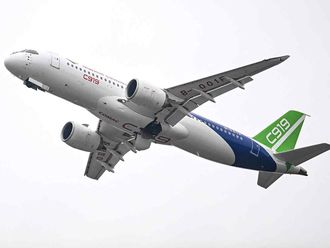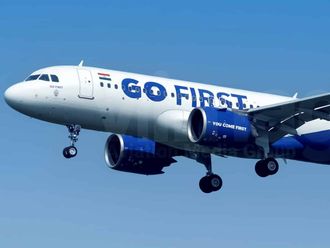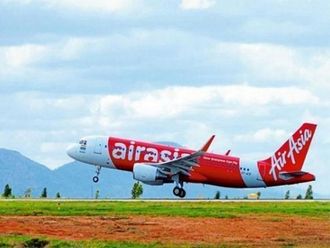
Dubai: Even as Emirates continues its struggle against fuel price volatility and currency exchange issues, it will go on to beat the gloom with profitability in the days ahead, believe market experts.
If Emirates carries on with the same focus, we will see more of the same growth and profits, with other players often just picking up what is left,” Peter Morris, Chief Economist at Ascend, told Gulf News.
Echoing similar views is Andrew Charlton of Aviation Advocacy as he says: “All the important indicators are positive. Passenger numbers rising is a good start, if, and only if, revenue too is rising.”
He added that the first-half results for Emirates show the benefit of the hubbing strategy that the airline deploys. “Given the slowly improving global economy, it is hard to see the full year being anything other than just as impressive,” Charlton said.
Emirates said in a statement on Tuesday that it carried 21.5 million passengers since April 1, 2013, up 15 per cent from the same period last year.
A more confident Saj Ahmad of StrategicAero Research, said that the second of Emirates’ financial year looks better. “With no fasting month to consider and with the Dubai Airshow, too, Emirates will almost certainly sport double-digit profit growth come May 2014,” he said.
Additonally, Emirates A380 has also celebrated five years of operations, carrying over 18 million passengers since its first flight on August 1, 2008 from Dubai to New York.
“This is borne out by only Emirates having the nerve and scale to capitalise on the economics of the Airbus A380, perhaps in the future including a higher density version, which will improve the economics further,” Morris points out.
Asked about the wide gap in profit and revenue growth for both the airline and the group in this fiscal’s first-half over the pervious year period, Ahmad said he would put it down to the currency hit and the declining revenues as a result of the A380s being out of service while having the wing cracks repaired.
“Each A380 takes two months to fix – not sure how many Emirates is standing down at a time to fix, but it must be pretty significant,” Ahmad said. “I do also wonder whether their currency hedging has been off target which has resulted in the need to use cash to repay bonds too. I don’t see them launching anymore sukuks anytime soon either.”
Added Morris of Ascend: “The key factor in the airline business is where you are, compared with the competition, and it seems that there is no other player on the horizon with such a balanced global network and profitable business model as Emirates.”
The real challenge going forward, according to Ahmad, is looking at how Emirates manages currency volatility, so as not to require more cash exhaustion.












